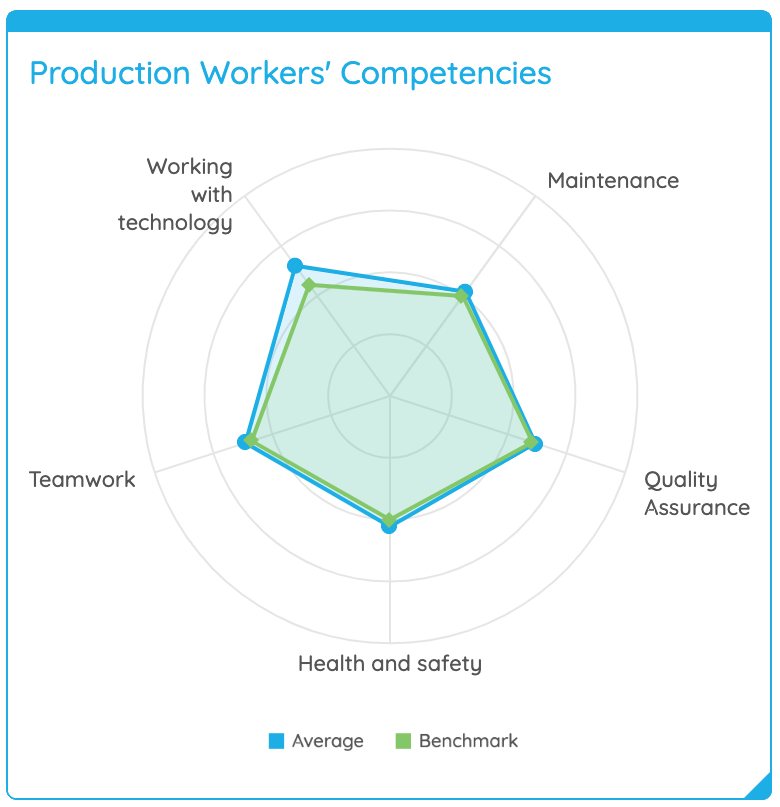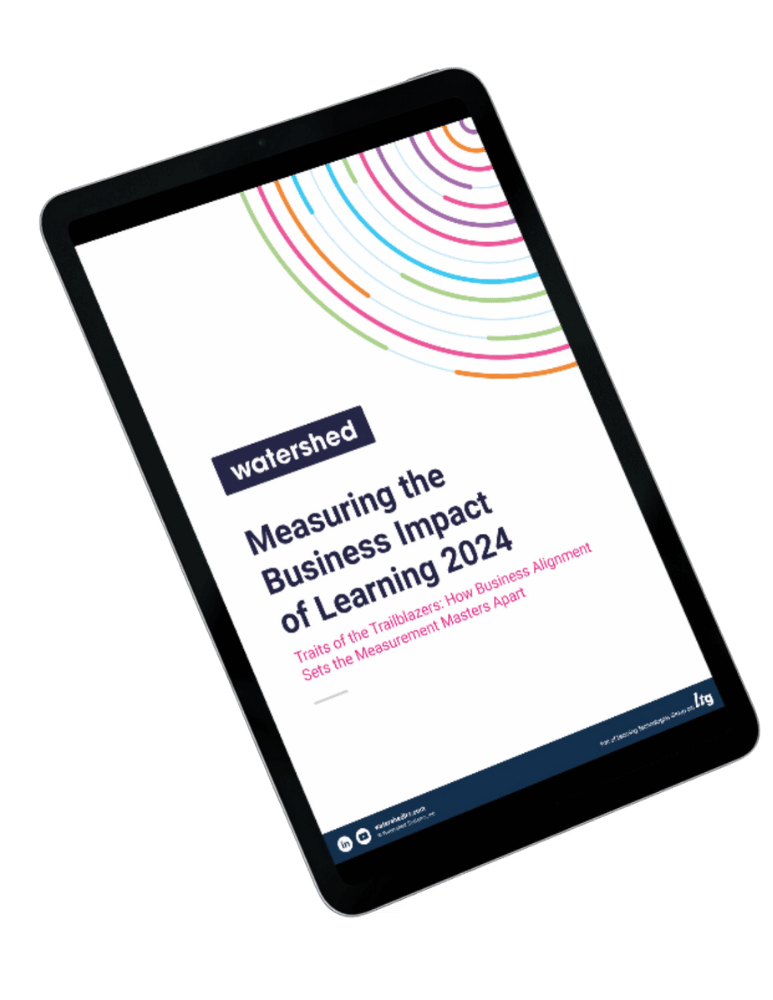We all know being able to design effective training plays a vital role in growing and sustaining a successful workforce and organization. But even the best-designed, most comprehensive learning programs can fail if they don’t provide what learners actually need to improve and grow their skill sets.
And this is where training needs analysis can play an important role. When executed correctly, this process helps ensure the right training is delivered to meet learners’ and organizational needs while enhancing learning evaluation efforts. Thus, when it’s time to measure the effectiveness of your program, this data-driven approach ensures you have the metrics needed for analysis.
What is training needs analysis?
Training needs analysis (TNA) identifies the skills gaps your learners have that are stopping them from effectively performing and excelling in their roles. When executed properly, it also helps align learning initiatives with overall business goals and priorities—improving L&D’s efficiency and effectiveness.
Sometimes referred to as training needs assessment, TNA can be beneficial when onboarding new hires, reskilling or upskilling employees, or implementing new technology. This process generally consists of these main steps.
Step 1: Align with organizational priorities.
We’ve said it before, and we’ll say it again—if you’re not aligning your learning programs with the organization’s goals, your efforts may be futile. To fully understand priorities and desired outcomes across the organization, meet with stakeholders before you identify your behavior/skills gaps and training needs.
Then, work with stakeholders to identify the skills necessary to meet these needs and the key performance indicators (KPIs) and metrics behind them.
Step 2: Identify the skills needed to accomplish organizational goals.
Once you’ve determined organizational objectives, it’s time to assess and evaluate learners' current skill sets in relation to the skills you’ve identified to see where and how learners might need to improve.
You can accomplish this task in many ways—but if you’ve identified good, measurable KPIs, the best way to identify skills is to gather employee-related KPI data to see where skills gaps lie.
You may want to supplement the KPI data with self-assessment and 360-assessment data, as you can use this information to consider the individual and team's confidence in ability—but this data should not be your only source.
Step 3: Look for the skills gaps.
Pinpoint performance issues that might result from the skills gaps you identified in the previous step.
You can accomplish this step through learning evaluation programs, surveys, reviews, and/or assessments.
However, the best way to identify performance issues is by visualizing the other data related to KPIs gathered during Step 2. And then, map that data for teams and individuals using a diagram, such as a spider chart (see the example image).
Once you’ve identified the needs of your organization, you can then start looking at training interventions that can bridge these gaps. If you’ve followed through with the process and identified your KPIs and metrics, you should find it easy to measure the impact of your programs.
Recommended Webinar
How can a training needs analysis go wrong?
While conducting a training needs assessment has its benefits, it also has some drawbacks. In fact, a proper TNA can be quite difficult.
This is especially true if you focus too much on what learners or managers think is needed instead of working back from the business goal to determine what’s really needed. As a result, two of the biggest mistakes people tend to make when conducting TNAs are:
- looking at what learning content people need, and
- framing requirements in terms of training required, not business goals.
Furthermore, it’s not easy to evaluate someone’s skill levels quickly. Rather, you need to invest time in applying several evaluation methods to understand where someone might be struggling.
And what you do discover during a TNA may not be an actual skill gap but a “perceived” skill gap. So, for example, if someone self-ranks their skill sets, you probably won’t receive an accurate evaluation—as it’s common for people to misperceive their actual abilities. And the same is true when it comes to peer reviews.
Recommended Reading
Training Business Needs Analysis
When it comes to training needs analysis, the problem is in the name itself. We shouldn’t start by looking at what training is needed—we should start by looking at where the business needs to improve and work from there.
Up Next: Chain of Evidence Learning Measurement Model
Join us for our next blog post as guest author Rose Benedicks from LEO Learning discusses the Chain of Evidence method. In the meantime, sign up for Watershed Insights so you don't miss out!
About the author
Peter Dobinson is passionate about developing connected learning ecosystems that empower organizations to deliver exceptional learning experiences. With a strong foundation in product design and management, eLearning interoperability, system integrations, user-centered design, and data analytics, he thrives in helping organizations get the most out of their L&D data. Peter's background in learning technology means he has the knowledge and expertise needed to drive the implementation of innovative solutions such as xAPI within the L&D industry. In other words, Peter helps organizations unlock the true potential of learning—one ecosystem at a time.
Subscribe to our blog



